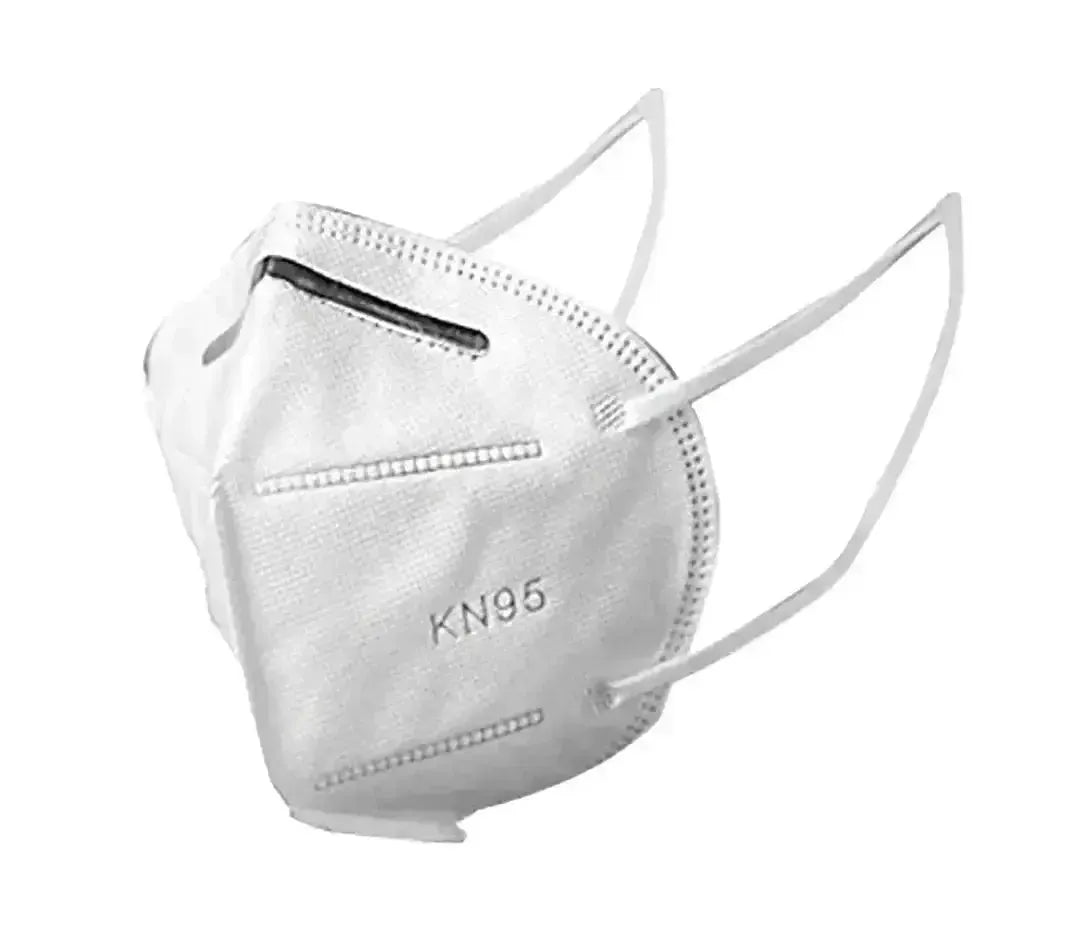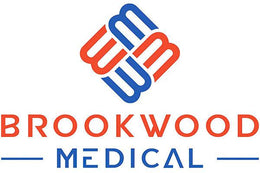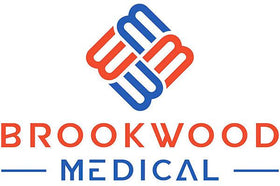The Surging Trends of Mask Usage in a Post-COVID World

Frequently Asked Questions
1. How has the COVID-19 pandemic changed social norms related to health?
2. What factors contributed to the rapid adoption of masks during the pandemic?
3. What are the long-term health benefits associated with mask usage?
4. How can businesses effectively connect with consumers regarding mask usage post-pandemic?
5. What role does government regulation play in the future of mask usage?
The COVID-19 pandemic has transformed social norms globally, leaving a profound impact on various aspects of daily life. One of the most visible changes has been in the use of face masks, an essential tool for preventing airborne transmission and providing airborne particle protection. As we navigate through a new normal, it’s crucial to understand the trends surrounding mask usage and its implications on public health and consumer behavior.
Understanding the Shift in Mask Usage
From the early days of the pandemic, when masks were scarce and primarily designated for healthcare workers, to the present where they are commonplace, the trend of mask usage has evolved significantly. Initially, public sentiment was hesitant, with many questioning the efficacy of masks. However, as more research illustrated the importance of airborne particle protection, attitudes shifted dramatically.
The Initial Reluctance
In the early stages of the pandemic, masks were met with skepticism. The general public was uncertain about the necessity of mask-wearing and the potential benefits. Health organizations like the World Health Organization (WHO) and the Centers for Disease Control and Prevention (CDC) gradually began to advocate for mask usage, emphasizing their importance in mitigating the spread of the virus.
Rapid Adoption of Masks
As the pandemic progressed, the narrative changed, leading to widespread mask adoption. Reports and statistics indicated that mask usage had a direct correlation with declining cases of COVID-19. This realization encouraged individuals to take proactive steps, and mask-wearing became a crucial aspect of airborne particle protection.
Mask Usage Through Societal Lens
Mask-wearing isn’t just about personal protection; it’s also about societal responsibility. The perception of mask-wearing transformed from an individualistic choice to a collective obligation. Let’s explore some factors contributing to this evolution.
Public Health Campaigns
Governments across the globe launched extensive public health campaigns to advocate for mask usage as a critical preventive measure against COVID-19. These campaigns helped normalize mask-wearing and educate people on the concept of airborne particle protection, ultimately fostering a culture of safety and vigilance.
Influence of Social Media and Celebrities
Social media played an instrumental role in enhancing awareness and acceptance of masks. With influencers and celebrities showcasing their mask-wearing routines, it became a fashionable statement. This trend not only increased the demand for masks but also propelled the normalization of their use in daily life.
Health and Environmental Implications
The emphasis on masks has prompted numerous health and environmental discussions. In addition to preventing the spread of COVID-19, masks can have broader implications for public health.
Long-Term Health Benefits
Research indicates that masks can effectively reduce the transmission of respiratory diseases beyond COVID-19, thereby providing long-term benefits. The acceptance of masks as a routine part of our lives might lead to decreased incidence rates of seasonal flu and other respiratory illnesses.
Sustainability Considerations
As awareness increases, so does the concern for the environment. Disposable masks, while providing essential airborne particle protection, contribute significantly to waste. This has spurred innovation in sustainable mask production and encouraged consumers to invest in reusable options, emphasizing the importance of sustainability in health practices.
The Future of Mask Usage
As we move forward into a post-pandemic landscape, understanding the trajectory of mask usage is essential. Will masks continue to be a staple in our lives? Let's explore future trends.
Potential for Long-Term Usage
Evidence suggests that public interest in masks may persist even beyond the pandemic. Data indicates that many people view masks as a valuable tool for protection against other health threats. Consequently, mask usage might become more common during flu seasons and in crowded public areas.
Innovation in Mask Design
The market for masks has transformed significantly, with brands innovating to meet consumer demands. Features such as enhanced filtration, adjustable straps, and fashionable designs are becoming standard, making it easier for individuals to integrate masks into their daily wardrobes.
Shifting Perspectives on Health and Safety
The trajectory of mask usage is closely tied to a broader shift in public perception surrounding health and safety. The pandemic has underscored the importance of proactive health measures, leading to a cultural movement that prioritizes hygiene and preventive care.
Increased Awareness of Airborne Particles
The heightened awareness of airborne particles has led to a more informed public. People are beginning to understand the routes of transmission for various pathogens, enhancing their overall health literacy. As a result, the demand for airborne particle protection through masks and air filtration systems may persist even after the pandemic subsides.
A New Normal in Public Spaces
As societies gradually reopen, individuals are likely to seek reassurance in public spaces. Wearing masks in settings like public transportation, airports, and crowded events may become routine. Businesses are already adapting by creating mask-friendly environments, emphasizing the importance of health and safety protocols.
The Role of Government Regulations
Government regulations play a crucial role in shaping the landscape of mask usage. As various regions adapt to mask mandates, it is essential to analyze the expected changes in regulations and how they influence consumer behavior.
Future Mask Mandates
While many regions are easing restrictions, it’s essential to recognize that the future might see a return of mandates if cases rise again. Local policies will likely influence how masks are perceived and utilized within communities.
Educational Institutions and Mask Policies
School systems are expected to implement their policies for mask usage in classrooms. These guidelines will shape parents' and students' experiences, reinforcing the notion that safety is our collective responsibility.
Connecting with Consumers Post-Pandemic
For businesses and brands, navigating the changing landscape of mask usage requires understanding and connecting with consumers on various levels.
Consumer Preferences
Shifts in consumer preferences are evident. Individuals are becoming more discerning about the types of masks they choose. Factors such as comfort, style, and sustainability are increasingly important, driving brands to respond with innovative products that meet these expectations.
Building Trust Through Transparency
Transparency is vital in rebuilding trust with consumers. Businesses that openly communicate their safety measures and mask policies will find greater acceptance and loyalty. Brands can leverage digital platforms to keep consumers informed and engaged.
A Transformative Time for Health Awareness
Ultimately, the COVID-19 pandemic has triggered a significant transformation in how we view health awareness and safety measures. As mask-wearing becomes entrenched in societal norms, there’s an opportunity to foster a more health-conscious culture.
Engaging in Community Health Initiatives
Community involvement in health initiatives can promote further adoption of best practices. Businesses, non-profits, and individuals can collaborate on educational campaigns to emphasize the importance of airborne particle protection and responsible mask usage in public spaces.
Empowering Individuals through Education
Empowering the public through education is vital for promoting healthy behaviors. Providing resources and information on the effectiveness of masks promotes confidence and encourages responsible action among individuals and communities.
The New Wave of Health Consciousness Awaits
As we embrace a world reshaped by the pandemic, the enduring presence of masks signals a new wave of health consciousness. The lessons learned will continue to influence public health strategies while reinforcing the importance of airborne particle protection in our everyday lives. People will carry these lessons forward, fostering a culture of safety that embraces proactive health measures and continuous education. As we navigate this uncharted territory, the collective responsibility to protect ourselves and each other remains pivotal in shaping a safer, healthier future.
Discover the creativity of other Shopify or Wix store owners by visiting their stores. Follow this link to their online store. Please remember that this is a promotional link, and we assume no liability for the content of the linked store.






